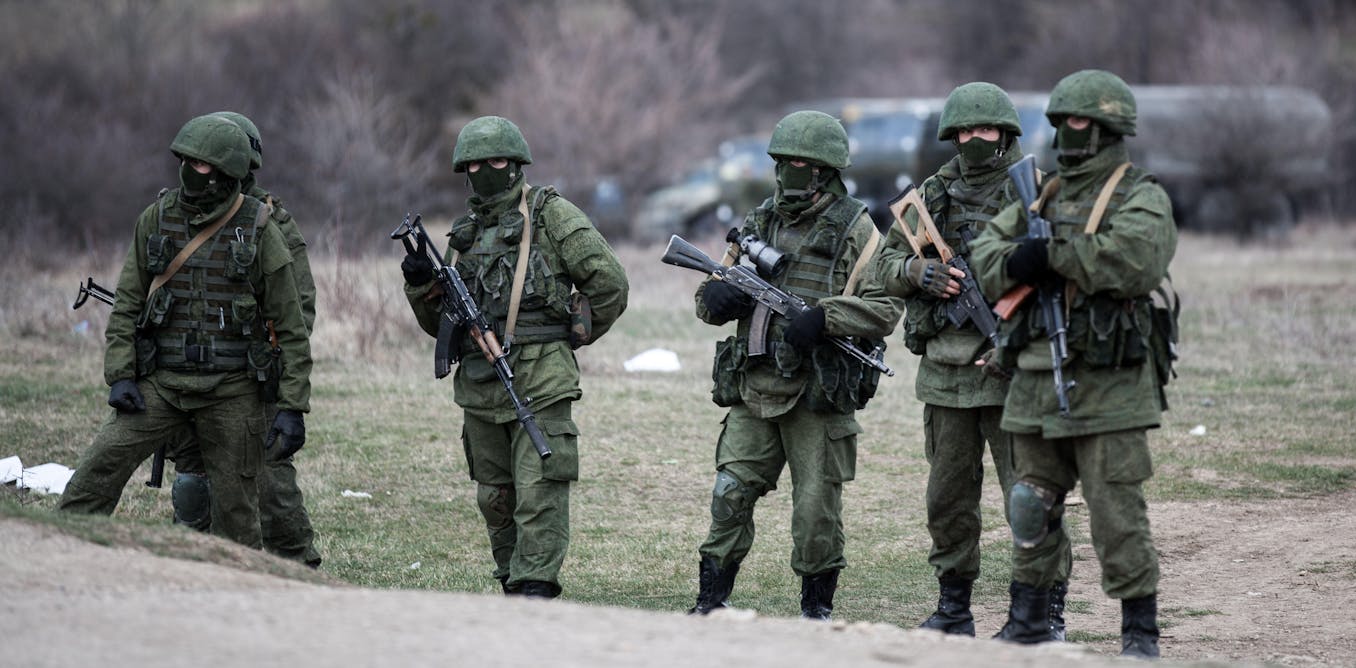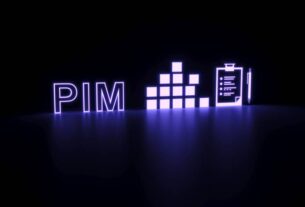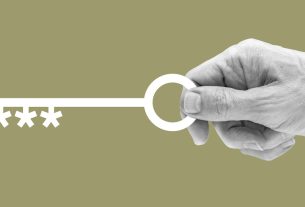[ad_1]
Modern warfare is awash with cutting-edge technology – from AI to drones to hypersonic missiles – yet one technology that is more than a century old is still proving its worth: morse code.
The staccato streams of tones that would be instantly recognisable to a railroad man from more than 150 years ago are still in use by the Russian military in the Ukraine war.
Even today, many people would be able to identify the characteristic sound of morse code, in particular, the widely known pattern three short, three long, three short (… – – – …), forming the emergency signal SOS.
Today morse code messages are being sent from Russian bombers to their control centres, or from ships of the Baltic Fleet to their shore-based headquarters.
The shortwave bands used by amateur radio enthusiasts are similarly filled with the beeps known by enthusiasts as “dits” (.) and “dahs” (-), or as dots and dashes by the wider public. Even spies still tune in to the shortwave bands to listen to clandestine stations broadcasting morse code.
Invented in the 1800s
Why then, is a technology created in the first half of the 1800s still in use today?
First, morse code was envisioned not by an engineer or technological wizard, but by a man who painted portraits for a living. Samuel Morse initially designed what we today would call a teleprinter, a device that receives and prints text on paper.
Morse enlisted the help of the more mechanically inclined Alfred Vail, a machinist, to work out the details. It was the latter who created the dots and dashes to represent the code, and came up with the idea of using sound to convey information.
Initially, the sound was merely intended to be used to test a connection. Before long, Morse and Vail realised that the concept of printing was impractical. By adding sound, however, they had stumbled upon a concept more brilliant and useful than they could imagine.
The remarkable characteristic of morse code is that in sound form, it forms a rhythm. Thus, it shares common ground with music. In fact, it has been noted that people with musical talent are able to start learning morse more quickly.
By stimulating the innate human sense of rhythm, morse code also activates our sense of pattern recognition. This is a skill deeply embedded in our brains, and one that has great potential to decipher messages even if they are incomplete.
An experienced morse code operator can fill in the blanks caused by interference, poor reception, noise or equipment malfunction. In a neurological sense, morse inhabits a very peculiar niche, likened to “reading with the ears” but where transmitting and receiving it resembles the act of speaking more than writing.
The other remarkable aspect of morse code is its technological simplicity. Anyone with basic technological skills can build their own transmitter using standard components.
The signal generated by a morse transmitter is similarly minimalistic, using an extremely narrow bandwidth of only 100-150 hertz (standard voice communications use 2,500-3,000 hertz). This also means that receivers can use very narrow filters and thus remove much of the surrounding noise generated by various forms of interference.
Since it is so effective, morse only needs a minimum of power to travel significant distances. Amateur radio enthusiasts demonstrated in 1956 that as little as 78 milliwatts can be enough power to transmit from Massachusetts to Denmark. This is less than a tenth of what a single LED lightbulb uses. A standard coffee maker preparing most people’s favourite morning brew uses more than a thousand times more power.
This combination of technological simplicity and efficiency came in handy during the second world war, when resistance members and Allied commandos used their portable Morse transceivers to maintain contact with London from deep inside German-occupied territory.
This was a very risky enterprise, since the Germans were constantly listening in on the airwaves. Morse code, while being unintelligible to the untrained ear, offers no security in and of itself.
Today, even those without training can use software to decipher the contents of a message sent using morse code. However, any message can be made secure by encrypting it before sending it, as proposed by Vail in 1845.
In fact, one of the most secure forms of encryption, the one-time pad, requires nothing more than pen and paper. In essence, a one-time pad is a random string of characters, at least as long as the message that is going to be encrypted.
The sender uses his or her pad to encrypt, while the recipient uses a copy of the same pad to decode the message (there should be only two copies, and each should be destroyed immediately after use). As long as a pad is never reused, it remains theoretically unbreakable even with the most modern technology (although, truly random sequences of characters are difficult to produce).
While there are more efficient digital modes of communication today, nothing can rival the unsurpassed combination of simplicity and efficiency that has allowed morse code to survive for more than 150 years.
[ad_2]
Source link



